Art of Blended Wines | The Best Red and White Combinations
The Art of Blended Wines: Discover the Best Red and White Combinations
Casa Loce’s Opinion on The Art of Blending Red and White Wine
Blending wine is both a science and an art. It creates enticing combinations of red and white grapes. You get this intriguing symphony of flavors in your glass. Think about Blended wines like a symphony—each grape variety bringing something unique to the glass. At CasaLoce.com, we love talking about how combining different reds and whites creates a perfect balance of flavors. There’s a certain magic in how it adds structure to Merlot or how Chardonnay blends with Viognier to create a lush, aromatic white. The real beauty lies in finding harmony, where each sip reveals layers of complexity. For us, exploring blended wines is like going on an adventure. There’s always a new combination that surprises and delights, showing how the right mix can make something truly special.
Key Takeaways
- Blending wine, a harmonious combination of science and art, enhances both consistency and taste, tracing back to practices from ancient Roman times.
- Intricate flavors emerge from chemical reactions between different grape varieties. Influences on taste, color, and aroma come from phenolic compounds, tannins, and acids.
- Some blends worth mentioning are the Bordeaux mix of Cabernet Sauvignon with Merlot, Rhone's fusion of Grenache, Syrah, plus Mourvèdre, and the Semillon-Sauvignon Blanc duo.
- Personalized blends demand an understanding of grape attributes, tinkering with unique flavors, and practice to refine proportions.
- Pairing with food elevates your wine experience; red blends enhance rich meals while crisp white combinations go well with lighter dishes.

Understanding Wine Blending
Wine blending is both an art and a science.
This age-old practice's roots go deep into ancient Roman times, making it historically significant. Primarily, blending served as a method to enhance the consistency and taste of wines, considering that the quality of individual grape varieties could fluctuate significantly from one year to another.
In contrast to mass-produced wines' uniformity, blending represents an art form cherished and refined through generations. Regional variations contribute significantly to this art, as each region's unique soil and climate yield grapes with distinct characteristics. Blending wines from the same region or even between regions leads to a harmonious fusion of flavors that surpasses individual contributions.
The Science Behind Combinations
Far from being random, this wine blending is a carefully orchestrated operation, governed by chemical reactions and intricate taste profiles.
Chemical reactions contribute significantly to the final blend. Phenolic compounds from various grapes, along with tannins and acids, react to modify the blend's taste, color, and scent. Each varietal contributes its unique chemical makeup, with the skill of knowing how to harmonize these interactions.
Flavor profiles define the character of a wine blend. Individual grape varietals exhibit unique taste profiles, marked by fruit, floral, mineral, or spice notes. Correct proportioning of these profiles orchestrates a flavor symphony, where each taste note enriches and amplifies the others.
Knowing the science behind such combinations is a crucial step toward perfecting the craft of wine blending. Mastery involves more than just understanding grapes; it embraces the chemistry and sensory journey created by their combination.
Top Red and White Blends
Full-bodied, rich reds to crisp, light whites offer a diverse palette. Standouts include the Bordeaux blend, a marriage of Cabernet Sauvignon with Merlot that balances tannic structure against fruity smoothness.
Styles of blends vary by region, too. From France, consider the Rhone blend, mingling Grenache, Syrah, and Mourvèdre. This fusion results in a bold, spiced wine hinting at dark fruit. Over in Italy, the Super Tuscan blend marries traditional Sangiovese with international varieties like Cabernet Sauvignon, creating a wine that respects tradition while embracing innovation.
When it comes to white blends, one finds the classic Semillon-Sauvignon Blanc duo. Flavors in this pairing range from grassy to honeyed, influenced by the age of the wine. French Alsace blends are another delightful option, mixing Riesling, Pinot Gris, and Gewurztraminer into a floral and fruity delight.
Crafting Your Blend
Crafting your wine blend presents an intriguing and rewarding adventure, much like adding distinct hues to a blank canvas with each grape varietal. Knowing the unique attributes of every grape type is essential for this intricate blending process.
Flavor profiles of your blend span from light, fruity notes to rich, full-bodied ones, influenced by your preferences. You hold the reins here, experimenting with distinct flavors, and harmonizing them to satiate your taste buds. All grape varietals contribute specific notes in this flavor symphony with you as the conductor.
While initial efforts might not produce the ideal blend, every step provides valuable insights, continuously improving your skills. Starting with small quantities and gradually increasing as confidence builds, is the recommended approach. Patience and practice will eventually enable you to craft wine blends that embody your style and preferences. Blending wines is more about the journey than the destination. So, relish every moment!
Pairing Blends With Food
Food and wine pairing is a delight. Here, wine tasting's art and science come alive. This process involves matching the complex tastes of both the dish and the wine, creating an enjoyable dining experience.
Robust, complex red blends go wonderfully with rich, hearty meals such as beef stew or steak. Depth in the wine matches the bold dish flavors, enhancing every morsel. Conversely, crisp, fruity white blends complement lighter dishes like seafood or creamy pasta. Acidity in the wine cuts through the richness, achieving balance.
Food and wine pairing is not a strict science, it's an adventure. Exploration and discovery of new combinations that please your palate is the goal. Breaking rules and finding joy in the unexpected is also part of the fun. Always remember, your most pleasurable pairing is the best. So, open your preferred blend, prepare a scrumptious meal, and witness the magic unfold.
Frequently Asked Questions
What is a blended wine?
Blend wine is a type of wine made by mixing two or more different grape varieties.
What famous wine is a blend?
One famous wine that is a blend is Bordeaux wine from the Bordeaux region in France, which often combines Cabernet Sauvignon, Merlot, Cabernet Franc, and other grape varieties.
Is Cabernet Sauvignon a blend?
Cabernet Sauvignon is typically not a blend. It is usually made using 100% Cabernet Sauvignon grapes.
Is red blend wine dry or sweet?
Red blend wines vary in sweetness. They are generally drier wines, with some exceptions depending on the grape varieties used.
Is Pinot Noir a blend wine?
Pinot Noir is typically not a blended wine. It is made using 100% Pinot Noir grapes.
How to tell if a wine is a blend?
Bottle label helps you identify if a wine is a blend. It has a list of the grape varieties used.
What is the smoothest wine to drink?
The smoothest wine to drink varies depending on personal preference. Some popular choices for smooth wines include Merlot, Malbec, and Rioja.
Is Moscato a blended wine?
Moscato is typically a blended wine as it is made using Muscat grapes. This can be a blend of different varieties of Muscat grapes.
Is Merlot a grape or a blend?
Merlot is a grape variety and not a blend. It is made using 100% Merlot grapes.
What is a red wine blend called?
A red wine blend is often called a "red blend" or "red wine blend" and combines various red grape varieties. These includes Cabernet Sauvignon, Merlot, Syrah, and Zinfandel.
How to pick a red blend wine?
To pick a red blend wine, consider your taste preferences, whether you prefer a fruit-forward wine, a more tannic wine, or a balanced blend. A good wine blend is one that balances the flavors and characteristics of the different grape varieties used to create a harmonious and enjoyable drinking experience.
Join us for a look into our elegant approach to winemaking and gracious hospitality. We welcome our members and their guests by appointment only. Become a member or book an event by visiting CasaLoce.com
Casa Locé
Upper Ojai California
10065 N Ojai Rd, Ojai, CA 93023
https://maps.app.goo.gl/E7YQCnXAFHq1bKz46




